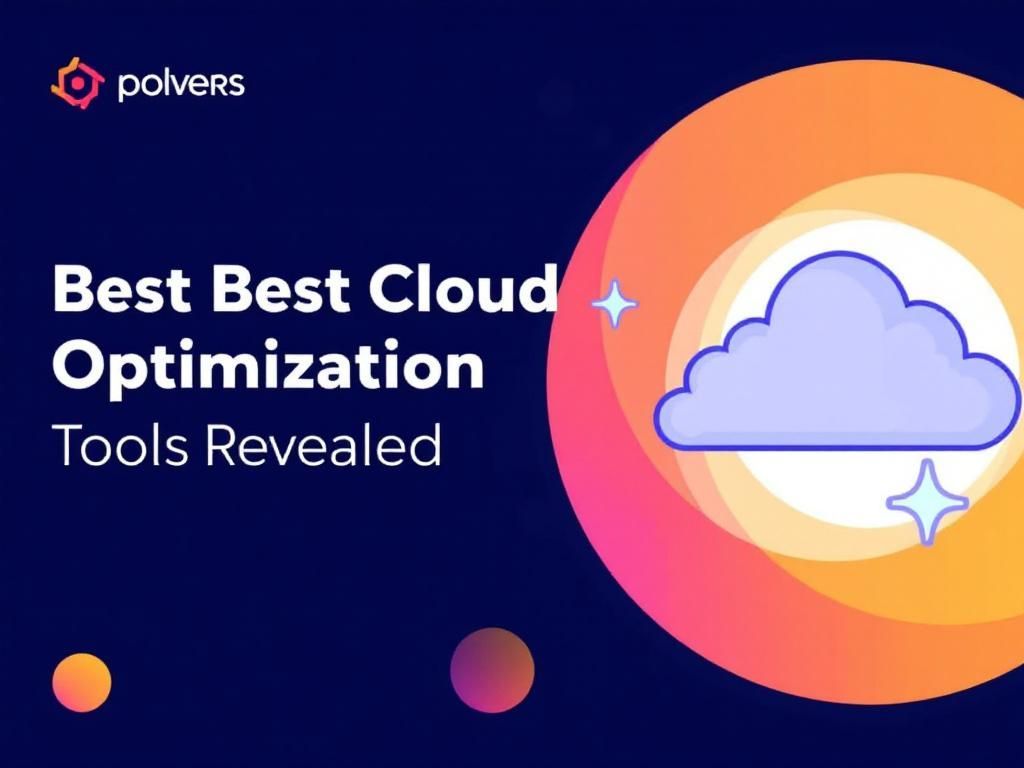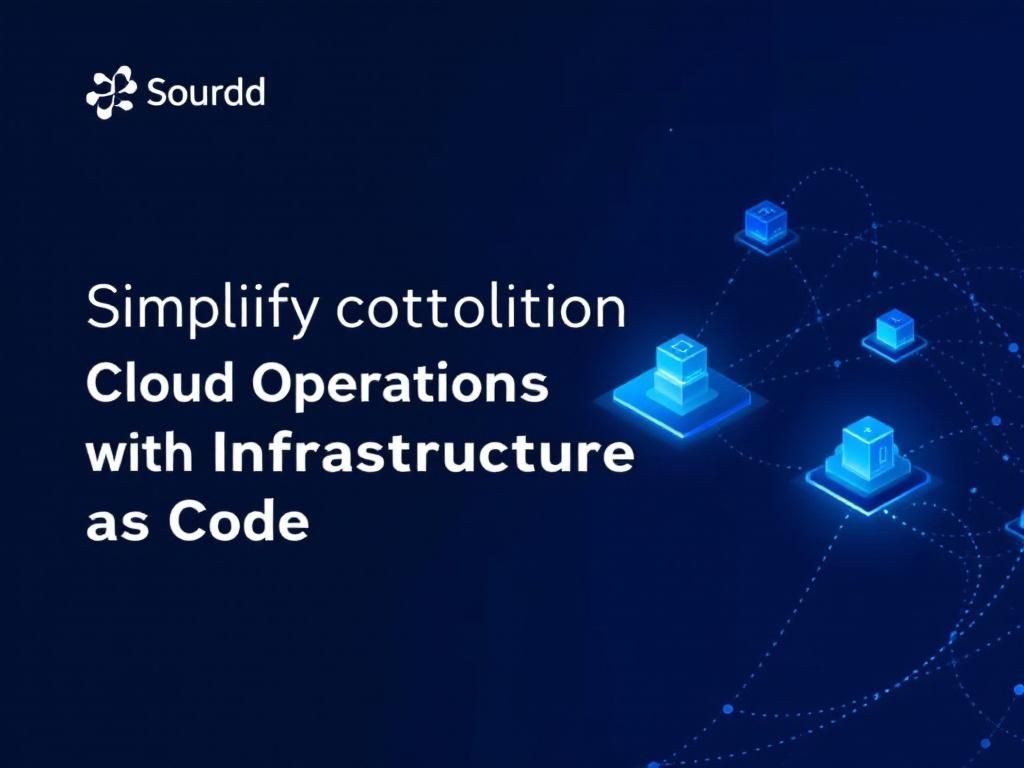Mastering Cloud Operations with Infrastructure as Code
Explore the essentials of mastering cloud operations using Infrastructure as Code for efficient and automated management.

In an era where businesses are continuously seeking efficiency and scalability, mastering cloud operations has never been more critical. With the advent of cloud computing, organizations have the opportunity to leverage Infrastructure as Code (IaC) to automate and manage their cloud resources effectively. This article delves into the principles of IaC, its benefits, best practices, and the tools that can help you master cloud operations.
Table of Contents
Understanding Infrastructure as Code
Infrastructure as Code is a practice that allows you to manage and provision computing infrastructure through machine-readable definition files, rather than physical hardware configuration or interactive configuration tools. This paradigm shift enables greater efficiency, consistency, and scalability in cloud operations.
The Core Principles of IaC
- Version Control: Treating infrastructure configurations as code allows teams to use version control systems to track changes, roll back to previous states, and collaborate effectively.
- Automation: Automation reduces manual errors and improves consistency across environments, whether it’s staging, testing, or production.
- Testing: Testing infrastructure changes before deployment leads to higher reliability and prevents outages.
- Documentation: IaC scripts serve as live documentation, providing clarity on the state and configuration of infrastructure.
The Benefits of Using IaC
Implementing Infrastructure as Code provides several advantages that can transform cloud operations:
1. Speed and Efficiency
IaC allows for rapid deployment of infrastructure, enabling teams to provision environments in minutes rather than weeks. This speed significantly enhances development workflows.
2. Cost Management
By automating the provisioning process, organizations can better utilize cloud resources, reducing costs associated with underutilized servers and resources.
3. Improved Collaboration
Development and operations teams can collaborate more effectively by using shared IaC scripts and version control systems, resulting in a unified approach to cloud infrastructure management.
4. Consistency and Standardization
With IaC, it’s easier to standardize configurations across different environments, ensuring that production mirrors testing and staging setups.
Best Practices for Implementing IaC
To harness the full potential of Infrastructure as Code, consider the following best practices:
1. Use a Declarative Approach
Declarative programming focuses on what the desired outcome should be rather than the steps to achieve it. This approach simplifies management and reduces complexity.
2. Modularize Your Code
Structure your IaC scripts into reusable modules. This not only improves readability but also enhances maintainability and facilitates sharing across teams.
3. Implement Version Control
Store your IaC scripts in a version control system like Git. This practice ensures that all changes are tracked, allowing for easy rollbacks and collaboration.
4. Regularly Test Your Infrastructure
Incorporate automated testing for your IaC configurations. Use tools that can validate scripts before deployment to catch errors early.
Popular Tools for Infrastructure as Code
Several tools are available for implementing Infrastructure as Code, each with its unique features and benefits:
| Tool | Description | Use Case |
|---|---|---|
| Terraform | An open-source tool that allows users to define and provision infrastructure using a high-level configuration language. | Multi-cloud environments, Infrastructure provisioning |
| Ansible | A configuration management tool that automates software provisioning, configuration management, and application deployment. | Application deployment, system configuration |
| CloudFormation | A service by AWS that provides a common language for describing and provisioning all infrastructure resources in your cloud environment. | Amazon Web Services users, Infrastructure provisioning on AWS |
| Puppet | A configuration management tool that helps automate the delivery and operation of software regardless of where it runs. | Configuration management, system administration |
| Chef | A configuration management tool written in Ruby and Erlang, it uses the concept of recipes to define how a system should be configured. | Managing complex infrastructure |
Challenges in Adopting IaC
While IaC brings numerous benefits, there are challenges associated with its implementation:
1. Learning Curve
Transitioning to Infrastructure as Code requires a shift in mindset and skill set. Team members may need training to adapt to new tools and practices.
2. Tool Compatibility
With a variety of IaC tools available, organizations may face challenges in choosing the right tool that integrates well with their existing workflows and systems.
3. Security Concerns
As with any automated system, IaC can introduce security vulnerabilities if not managed properly. It’s essential to incorporate security practices into the development lifecycle.
Case Studies: Successful Implementation of IaC
To illustrate the effectiveness of Infrastructure as Code, let’s take a look at some case studies:
Case Study 1: Company A
Company A, a leading e-commerce platform, adopted Terraform for provisioning their infrastructure. This transition enabled them to reduce deployment times by 70%, allowing for faster feature releases and significant cost savings.
Case Study 2: Company B
Company B used Ansible to automate configurations for their microservices architecture. This approach not only streamlined their deployment process but also improved system reliability, resulting in a 40% decrease in downtime.
Conclusion
Mastering cloud operations through Infrastructure as Code is essential for organizations looking to thrive in today’s digital landscape. By adopting IaC, businesses can achieve greater efficiency, scalability, and agility in their cloud operations. As with any technology, the key to success lies in understanding the capabilities and limitations of IaC, along with a commitment to continuous improvement. Embrace the journey of Infrastructure as Code, and unlock the full potential of cloud computing for your organization.
FAQ
What is Infrastructure as Code (IaC)?
Infrastructure as Code (IaC) is a modern approach to managing and provisioning computing infrastructure through machine-readable scripts, rather than manual processes, ensuring consistency and efficiency.
How does IaC improve cloud operations?
IaC enhances cloud operations by automating the setup and management of infrastructure, reducing human error, improving deployment speed, and enabling version control for infrastructure configurations.
What are the benefits of using IaC in cloud environments?
The primary benefits of using IaC in cloud environments include increased deployment speed, enhanced collaboration among teams, improved scalability, and easier rollback capabilities in case of issues.
Which tools are commonly used for Infrastructure as Code?
Popular tools for Infrastructure as Code include Terraform, AWS CloudFormation, Ansible, and Puppet, each offering unique features for managing cloud environments.
Can IaC be integrated with CI/CD pipelines?
Yes, Infrastructure as Code can be seamlessly integrated with Continuous Integration and Continuous Deployment (CI/CD) pipelines to automate the deployment of infrastructure alongside application code.
What are best practices for implementing IaC?
Best practices for implementing Infrastructure as Code include using version control, modularizing code, testing configurations, maintaining documentation, and adopting a collaborative approach among development and operations teams.








